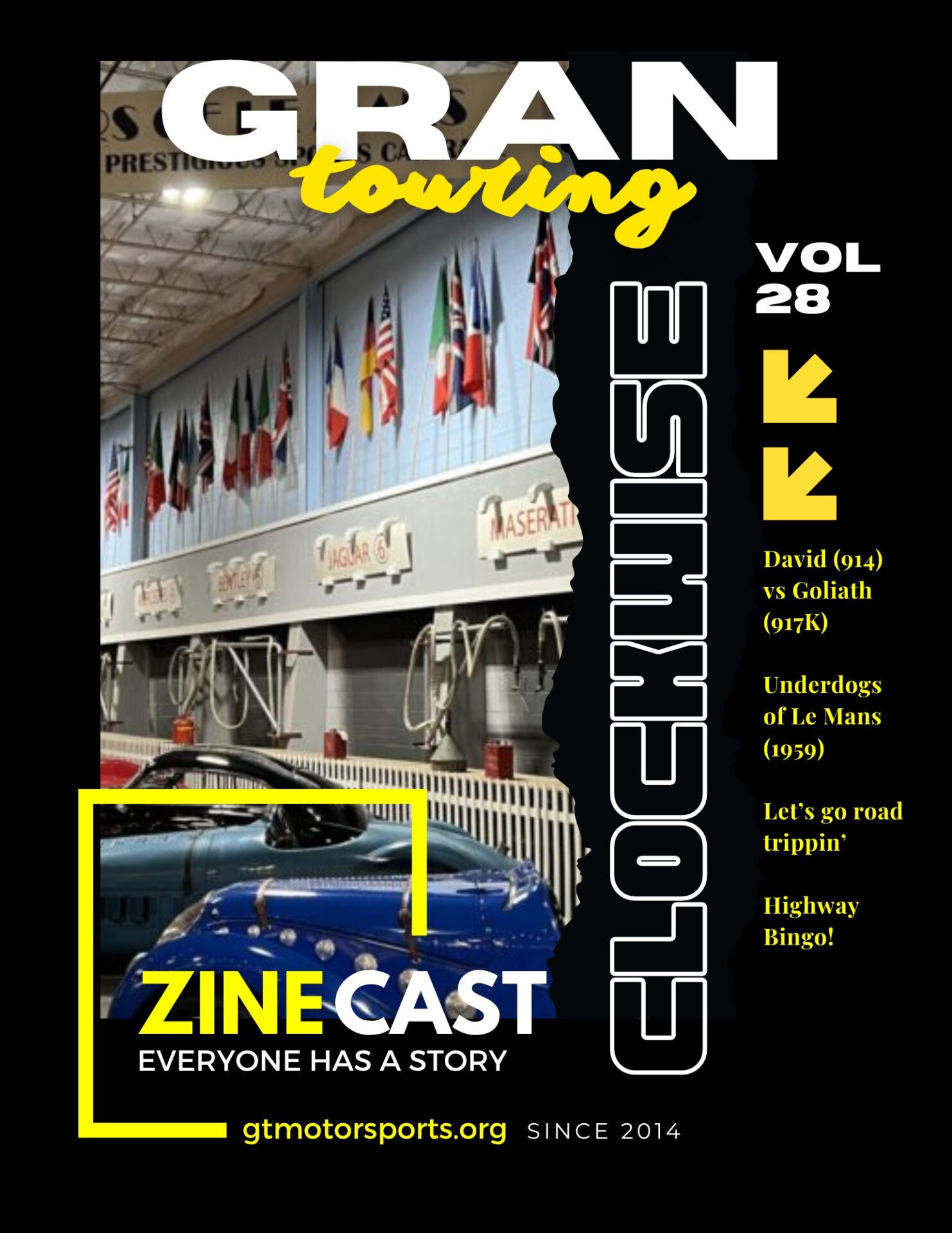Having seen it, few can forget Jos Verstappen’s pit lane fire, at the German Grand Prix in 1994. The split seconds between the spill – when the team, and you, the viewer, know the fire is coming, and then the sheer size/spread of the conflagration forces one to conclude that Bernie and Max and the FIA gods chose spectator entertainment over safety when they decided refueling was a good idea. To me, refueling in the pit lane, during a race, under duress, is always going to be….uh, forgive me, playing with fire….but what was news to me was this, from the Wikipedia entry on Benetton: “During the 1994 season Benetton removed a fuel filter from the refueling rig used during pit stops. This may have resulted in a fire that took place during Jos Verstappen’s first pitstop at Hockenheim. This resulted in further inquiries by the FIA, during which, the refueling rig manufacturer made clear that in their opinion the modification would have resulted in 10% higher flow rates than the rules allowed.” That is to say, there is a good chance the fire was caused by cheating, by modifying the rig to improve flow and shorten pitstops.
1994 was unique in my experience of Grand Prix watching; not only did the Imola weekend bring the loss of Senna and Ratzenberger, but serious injury to Lehto and Barrichello; at the next round, Monaco, Wendlinger, had a serious accident which finished him as a competitive Formula 1 driver. These horrors tended to separate the split the season pre- and post-Imola. Changes to the cars came rapidly too – by the summer, Hill’s Williams was a different animal from the car Senna had lined up on the grid in northern Italian spring.
Tune in everywhere you stream, download or listen!
Pre-season ’94, and all the talk was that this would be Senna’s year; the pesky Frenchman had retired, freeing up a seat in what had been far and away the best car of ’92 and ’93, the Williams. However, over the Christmas break, there had been a raft of rule changes which had banned the traction control/antilock braking/ride height adjustment electronic jiggery-pokery which was making the sport more of a battle of software engineers rather than driving skill. The result was skittish, difficult to drive cars for ‘94, with the Williams car advantage all but gone. In the first race of the season, at Interlagos, Senna led until his first pit stop. Michael Schumacher – Verstappen’s teammate at Benetton – was running second, pitted on the same lap as Senna, but somehow was able to exit the pit lane ahead, despite running a similar strategy. Behind, Senna turned up the wick, and as he chased Michael, and was closing when he span in the twisty infield section. I vividly remember this, because Senna simply did not make those kind of mistakes, especially not in the dry. Michael went on and won. In the next round, in Japan, Schumacher beat Senna off the line, then Hakkinnen ran Senna off the road. M again went on to win.
Which brings us back to the fueling rig at Hockenheim; if Benetton were cheating there, by modifying the rig to work more efficiently, isn’t it likely they were doing the same at Interlagos ? Isn’t that how Michael was able to leapfrog Senna in the pits ? The other area in which Benetton were caught cheating in ’94 was around traction control software. This was the era of chips which carried programs during the race, however would erase the information when the engine was switched off in parc ferme after the race, allowing the car to pass scrutineering. Could it be the Benetton had traction control, and that was how M got the jump on A at the start of the Japanese race ?
It matters because without the cheating, if indeed that is what was going on, Senna would not have felt himself in the same pressure cooker as he did at Imola: Michael already had two wins; Senna a humiliating spin and a DNF, while it was he who supposedly enjoyed a car advantage.
Overall then one is forced to consider: had Benetton not ( probably) been cheating, would Senna have felt the same need to blank out Ratzenberger, Barrichello, his own fears, and commit that car right to the inside line, right where the bumps were to lift it off the ground, to turn it into a toboggan pointing straight at the wall…

























